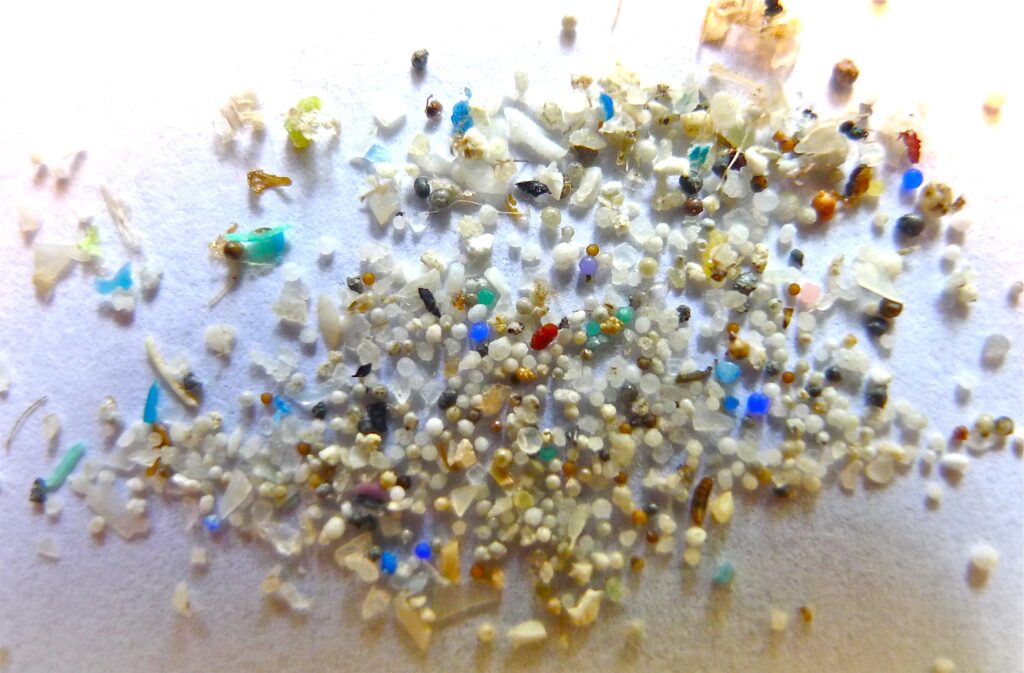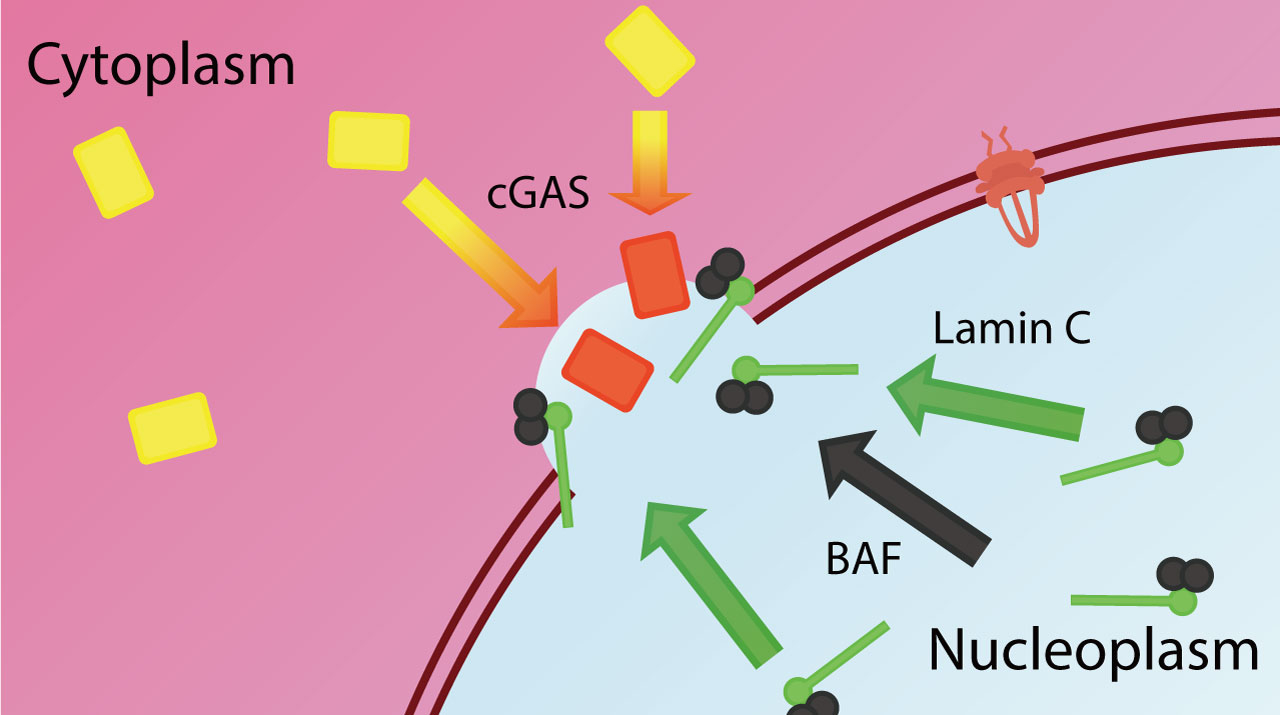Lauren Jenner, the study’s primary author and a postgraduate researcher at Hull York Medical School in the United Kingdom, stated that the study detected substantially more microplastic particles than predicted. Microplastics were discovered everywhere, according to the conclusions of this inquiry.
Microplastics in the lungs.
This is the first study to find plastic particles in living people’s lungs. Although microplastics have been discovered in the lungs of deceased humans before, this is the first study to discover plastic particles in the lungs of living people. Researchers took tissue samples from 13 participants who had surgery for the study and found microplastics in 11 of them. The most prevalent types of plastic were polypropylene, which is used in packaging, and polyethylene terephthalate (PET), which is used in disposable plastic bottles. Polypropylene was the most common plastic. The study’s findings were published in Science of the Total Environment.

Laura Sadofsky, a lecturer at Hull York and co-author of the report, said that they didn’t expect to find the biggest quantity of particles in the lower portions of the lungs or to find particles of the sizes they did. Because the airways in the lower lobes are narrower, it was assumed particles of this size to be filtered out or trapped before entering the lungs.
In addition to breathing microplastics, humans consume them through food and water. Microplastic particles have been discovered floating about in human blood, which could have long-term and potentially harmful repercussions, according to recent studies.
Story Source: Original release written by E360 Digest at the Yale School of the Environment. Note: Content may be edited for style and length by Scible News.
Reference
Lauren C. Jenner et al, Detection of microplastics in human lung tissue using μFTIR spectroscopy, Science of The Total Environment (2022). DOI: 10.1016/j.scitotenv.2022.154907






